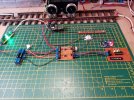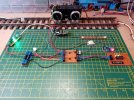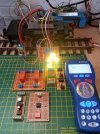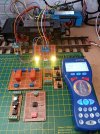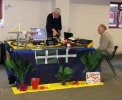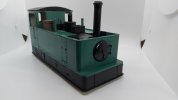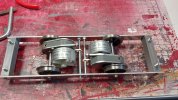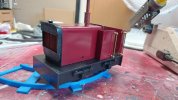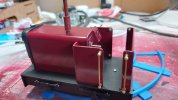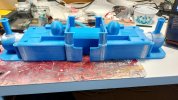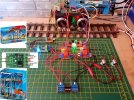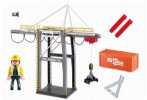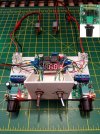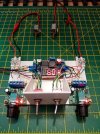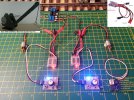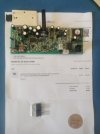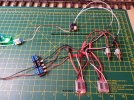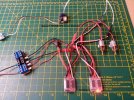Probably the last of the innovations from the workbench, more or less created everything required for the foreseeable future for Automation and Animation.
Just a couple of pictures to show the evolution of controlling the Fz1 shunting lights and Zg1 A lights, from the earliest incarnation of using a pair of DPDT Relays, to the latest with a pair of transistors and four resistors.
View attachment 315940
View attachment 315941
Another blast from the past from GRAIL 2015, had a request on 'How the Playmobil Crane was DCC controlled', just for interest the entire display was operated remotley using stand alone WiFi, Raspberry Pi and a converted Router to act as a Repeater, operated via a Mobile Phone, forerunner to DCC++ and DCC++EX. All the equipment disposed of long ago to various interested individuals.
Have located another earlier Crane, Playmobil have changed the design to a newer version, something to keep me occupied during the the wet Autumn months.
View attachment 315942

